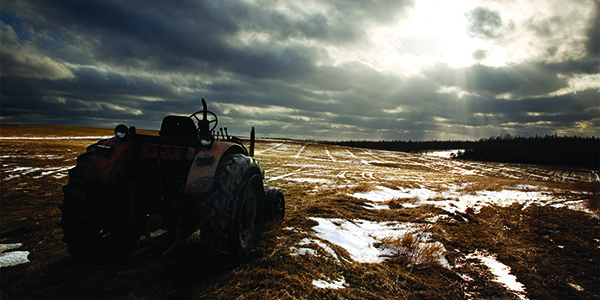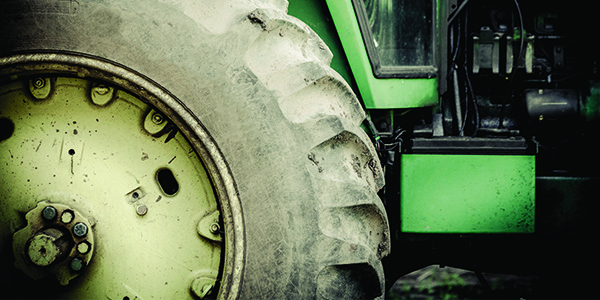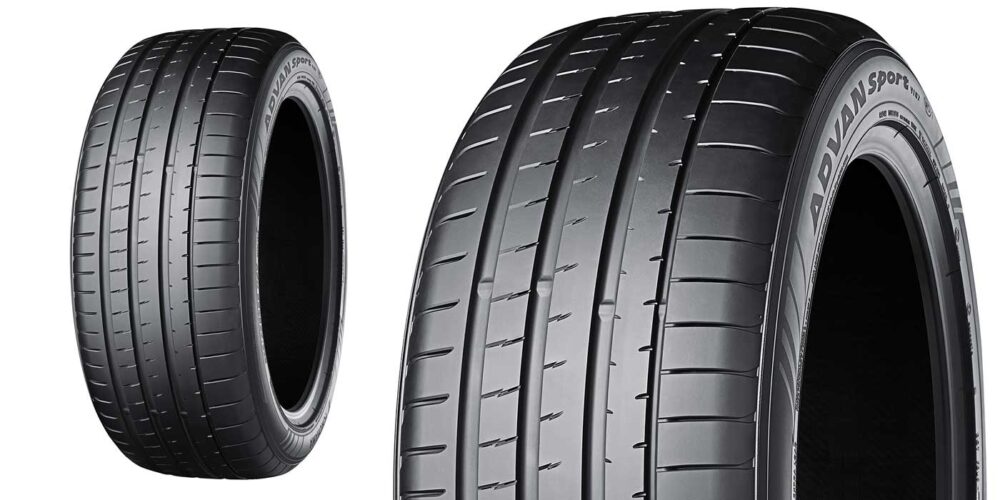Comparing to other professions, few jobs are as dependent on reliable and functional tires as farming. We like to think of the idyllic image of the farmer tilling soil by hand, but the reality is that the modern farm is critically dependent on mechanization to have a hope of staying profitable.
Not only can the wrong tire cause soil compaction and inefficiency, every growing season is a race against time. Every moment a machine is down is a moment of plowing, planting or harvesting permanently lost. That takes food off the table for farmers in more ways than one.
That means that having a tire partner that can help find the right products and educate can be an important lifeline to the customer. Letting them know how to maximize their significant tire investment can help keep the tractors running and the crops growing.
With the end of the season upon us, Firestone Ag has assembled some helpful tips and best practices that you can share with customers to help them get a head start on tire maintenance to make the new year a profitable one.
Off-Season Best Practices
Storing ag tires during the winter requires a few simple best practices, which differ from car or truck tire storage practices. Firestone Ag offers the advice that follows.
Perform an Inspection: Check a tire’s sidewalls for any cracks, cuts or other damage. Dealers should also advise farmers to check the tread when looking to store their equipment for the off season. If there’s less than 20% tread on the tire, make a note and tell your customer that new ones may be needed for next season so they can plan ahead. Checking the contact area of the tire is important to make sure there’s no space between the lugs and the ground. Lug nuts and bolts should also be checked to be sure they are tightened properly. This type of inspection should be performed before farmers store equipment for the off season, during it and after as they get ready to use their equipment again. Routine equipment and tire inspections can help your customers detect and fix any problems as they occur, instead of waiting until when they need a certain piece of equipment for growing season.
Keep Them Clean: Before storing tires for the winter, farmers should make sure they are clean of dirt, rocks and small stones that can be caked in mud in the tire’s tread. Making sure the tires and equipment are clean before storing for the off season will make starting up equipment and getting those tires rolling easier for next season.
Proper Inflation: Inflate tires to the maximum rated inflation pressure. By increasing the inflation pressure, the tire will be able to naturally lose inflation pressure during the winter and not be flat when the equipment is removed from storage. If a tire is flat at the end of winter, do not move the equipment without properly inflating the tires. Moving the equipment with a flat tire could damage the tire or the equipment. Properly inflated tires after a long winter season increase a farmer’s efficiency, tire service life and return on investment while decreasing down time, tire wear and fuel costs. It is advised that when your customers are not using a piece of equipment to check the tire’s pressure every two weeks to be sure tires are properly inflated.
Storage: Unlike passenger tires, ag tires can be stored with weights still remaining on the equipment. It is not necessary to remove the weights when storing for the winter. Farmers should store equipment in a covered area if possible to avoid direct contact with the elements. The surface on which the tires are stored should be level, firm, well drained, clean and even. (Do not store on gravel or other uneven surfacees where pebbles, gravel, etc. could become embedded in the tread.)
Also, do not store tires on blacktop or other oil-stabilized surfaces.
Pre-Season Check: Farmers should repeat the inspection process explained earlier before they starting tending to their fields again to be sure they get any maintenance scheduled with their trusted tire dealer. That way, your customer’s tires will be ready to roll as they head into growing season.
Sharing these best practices for ag tire maintenance is a tire dealer’s responsibility to ensure their customers are happy. As an ag tire dealer, it may also be beneficial to send out reminders to your customers about performing these routine checks. Reaching out to them to schedule their pre-season maintenance can help you gain your customer’s trust and be top of mind when they need maintence performed in their equipment.
Special thanks to the team at Firestone Ag for contributing to this article.















